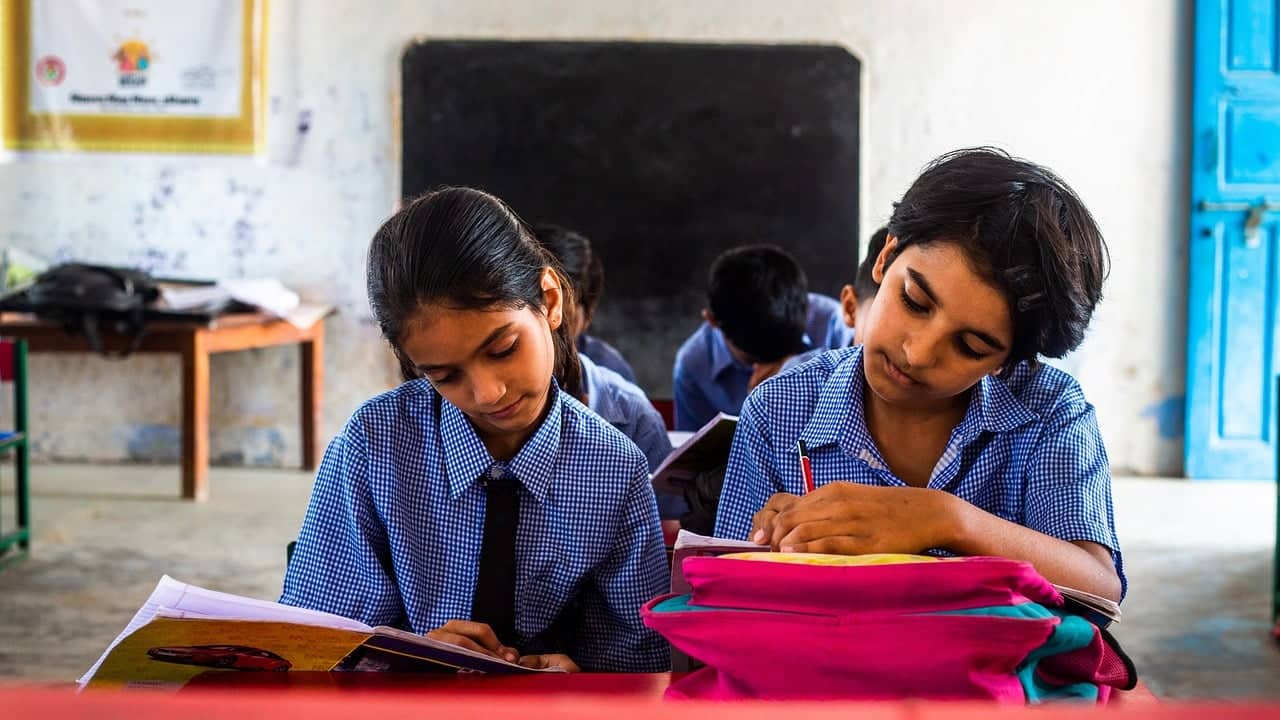
An educational reform introduces changes in the education of a country.
Educational reform is the modification of the educational system with the aim of improving it . This type of initiative has multiple aspects, since it can be developed from different perspectives and according to the analysis of the situation carried out by those promoting the reforms.
The concept is developed with two terms that are very different from each other. The first of them ( reform ) is linked to the action and effect of reforming or reforming . As a verb its meaning is to modify or amend something ; It is used, for example, to refer to the restitution of a religious order to its primitive discipline.
The second concept ( educational ) refers to what belongs or is relative to education , this being the way in which the process of socialization of people is called. Through education, people assimilate and learn knowledge, developing behavioral and cultural awareness.
Implementation of an educational reform
Educational reform should be promoted based on a broad social consensus, since education concerns the entire society and should never depend on an ideology or the government in power. When educational reform obeys only the interests of the authority of the moment, it is usually a political undertaking to spread a biased vision of reality and to train new generations according to the dominant message.
Beyond the political component, educational reform can be carried out to update teaching methods and to adapt subjects to current times. The inclusion of the Internet and digital tools in teaching is one of the innovations present in most of the educational reforms being promoted today.

Educational reforms aim to improve the process of knowledge transmission.
The importance of consensus
To undertake an educational reform, there must be a certain consensus among those responsible for the educational area of a nation. In many cases these modifications aim to reduce school dropouts ; For this purpose, plans are made according to the reality of each place where young people can continue their education while working, offering flexible schedules and demands that can be overcome while combining both activities.
But not all reforms are carried out in good faith or are favorable for education. For example, in Argentina , one of the last ones to be carried out, which led to the consolidation of the EGB and the Polimodal , was disastrous. The idea was that this reform would bring a reorganization that would flow towards an improvement in the planning of primary and secondary studies . However, what was intended was a utopia.
In this case, the result was negative. Perhaps it was because it was not taken into account that the same system had not given good results in Spain and other countries that had adopted it in advance, and that ended up discarding it. This leads us to affirm that for a reform to be positive and bring good results, it is essential to carry out an in-depth study of the educational reality and carefully plan all the changes that are going to be made, if they have been made elsewhere and it has not been useful. a little silly to believe that this time it will be different.
It is also very important that these types of reforms are carried out when the tools at the disposal of education have changed; when a technological change has taken place that can serve to enhance the resources that teachers have to carry out their work. In this case, in a world where the Internet is such a broad tool that offers so many possibilities for all users, it is necessary for education to expand and offer content and utilities so that students can learn more and better.
